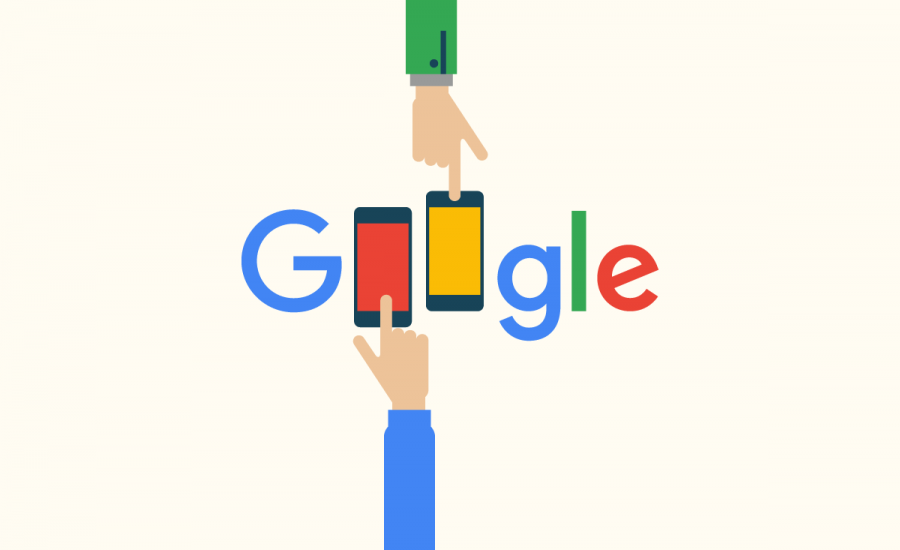Last November, Google announced a new policy to rank search listings based on the mobile version of a site’s content , giving index priority to mobile over desktop. In step two of the “mobile first index” Google announced on January 20, new changes that will impact advertisers and agencies as the company deepens its commitment to support “mobile first.”
Here’s the breakdown, in case you missed the announcement:
How Google’s Mobile-First Strategy Impacts Your Digital Presence
Next generation insights and reporting
The first part of these changes will take the form of a new, cloud-based measurement solution. According to Google’s announcement, its purpose is to generate better insights to advertisers about their YouTube campaigns, and to improve security and privacy across Google and YouTube. These changes allow for greater collaboration between agencies and advertisers and grants them the opportunity to verify the performance of their campaigns.
Improved ways to reach your audience
As part of these changes, Google has made strides in improving the ways advertisers can reach their audiences. There are going to be better methods for delivering more relevant, useful ads across both mobile and desktop screens. More concretely, though, Google has created new ways for advertisers to use the customer data they accumulate to reach their highest-value customers on YouTube using a new service called Customer Match.
User controls built for the mobile world
Google has also worked on a handful of controls that give users a greater ability to shape their online experience with cross-viewing in mind. This includes the ability to mute ads across devices moving forward, via the user’s Google account. Google is also stressing that they maintain strict policies against sharing personally identifiable information with advertisers.
Paving the path for the future
Stepping into the future, Google emphasized that it wants to continue to support the most-watched platforms. With this look towards what’s next, Google perhaps best summarized its intention with these mobile-first initiatives by saying that they were not going to continue investing in technologies of the desktop web like cookies and pixels. Since audiences are increasingly consuming their media in alternative ways, Google felt that their means of measuring needed to be similarly aligned to deliver the highest quality data measurements. The changes outlined in this release point to Google’s dedication to innovation and changing business and consumer trends.








